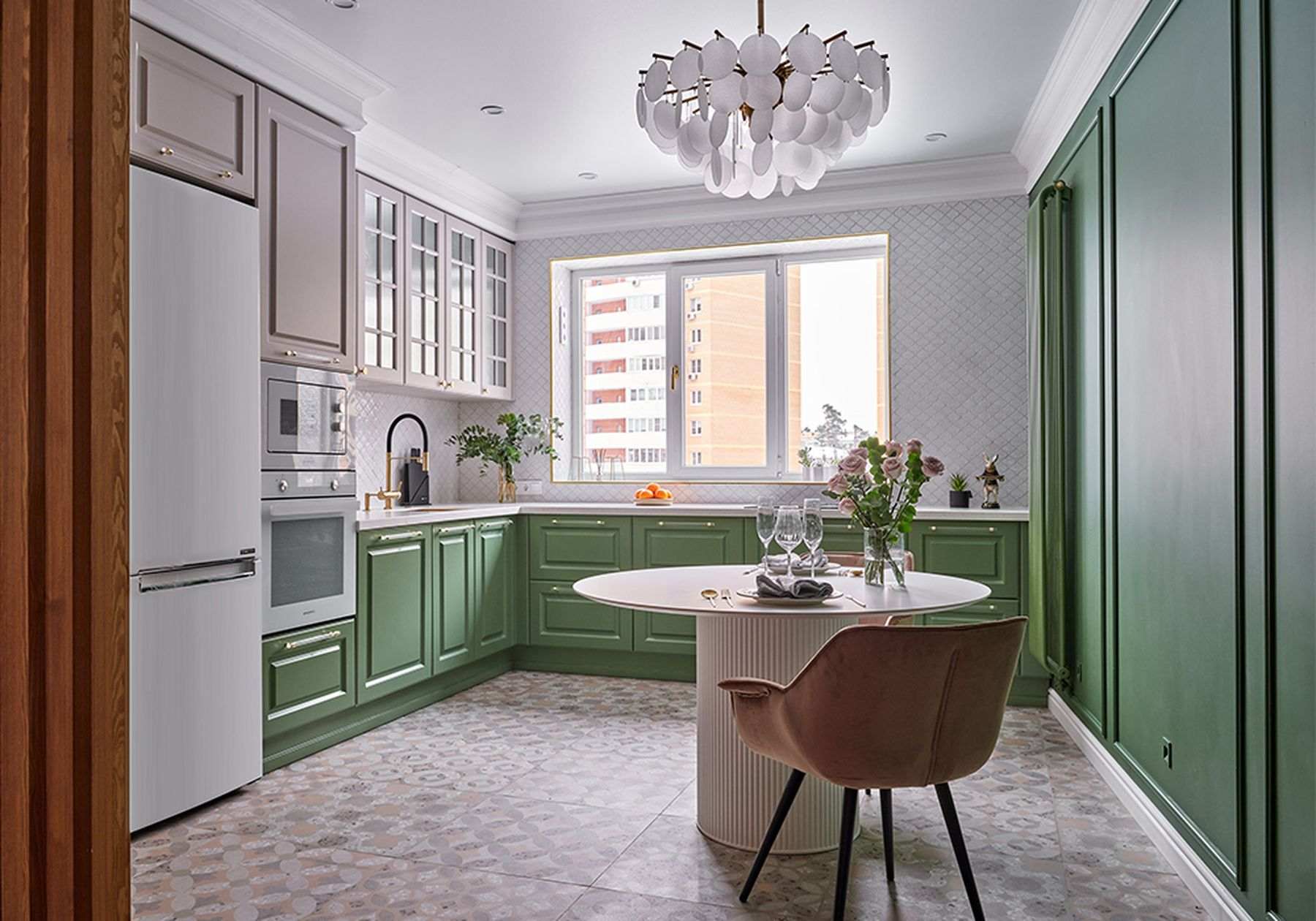
Culinary Spaces Redefined: The New Era of Kitchen Design
The kitchen, traditionally seen as the heart of the home, has undergone a remarkable transformation in recent years. With evolving lifestyles and technological advancements, culinary spaces are being redefined. This metamorphosis signifies not just a change in design but also a shift in how we perceive the role of the kitchen in our daily lives. In this exploration of the new era of kitchen design, we'll delve into the elements that are reshaping culinary spaces into multifunctional, aesthetically pleasing, and technologically sophisticated parts of the home.
The Rise of the Smart Kitchen
Technology has found its way into the kitchen, leading to the concept of the 'smart kitchen.' Modern kitchens are now equipped with appliances and gadgets that offer convenience, efficiency, and a touch of luxury. From smart refrigerators that can order groceries to ovens that can be controlled remotely through a smartphone app, technology is transforming the cooking experience. These innovations are not only designed to save time but also to promote a healthier and more sustainable lifestyle, making the modern kitchen smarter than ever.
Emphasis on Aesthetics and Personalization
Gone are the days of one-size-fits-all kitchen designs. Today's homeowners seek personalized spaces that reflect their individual tastes and personalities. This desire for customization has led to an array of materials, colors, and textures now available for countertops, cabinets, and flooring. Designers and homeowners are experimenting with bold color schemes, unique lighting fixtures, and artisanal decor to create a space that's both functional and visually captivating. The aesthetic appeal of the kitchen has never been so important, as it's now a room where homeowners spend a significant amount of time entertaining and socializing.
Open-Concept Kitchens and Multifunctional Spaces
As homes have adapted to be more multipurpose, so have kitchens. The open-concept design has reigned supreme, blurring the lines between cooking and living spaces. This layout fosters a communal atmosphere, encouraging interaction and entertainment. Additionally, kitchens are being designed to accommodate multiple activities, such as homework for children, office work, and casual dining. This shift to multifunctional spaces has led to the inclusion of larger islands, comfortable seating areas, and integrated technology solutions to support the varied needs of the modern household.
Eco-Friendly Kitchens and Sustainable Practices
Environmental concerns and sustainability are playing an increasingly significant role in the design of culinary spaces. There’s a growing emphasis on using eco-friendly materials, energy-efficient appliances, and waste-reducing solutions. From recycling stations to compost systems and water-saving devices, homeowners are making conscious choices to minimize their ecological footprint. The kitchen, a hub of energy and resource consumption, is at the forefront of this green movement, with designs that prioritize the well-being of the planet while maintaining convenience and style.
Conclusion: The Future of Culinary Spaces
The kitchen of the future is not just an area for meal preparation; it’s a space that accommodates the diverse lifestyles of its users, providing technological convenience, aesthetic customization, social interaction, and environmental responsibility. As these trends continue to evolve, we can expect culinary spaces to keep getting smarter, more personalized, and more integral to the fabric of our everyday lives. With cuisine at the center, the redefined kitchen is indeed the new epicenter of the modern home, flawlessly blending tradition with innovation.